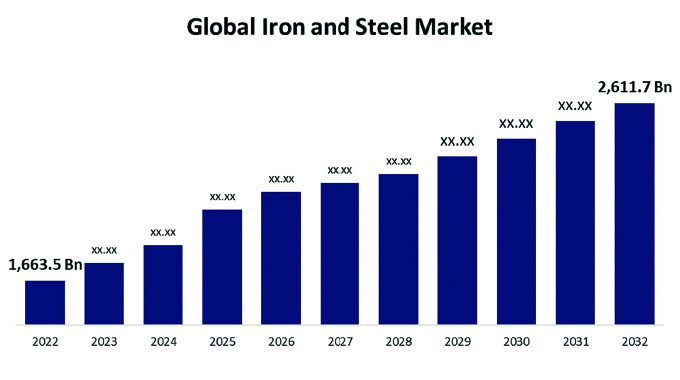Zinwa drought mitigation interventions bring hope
The current drought has had devastating effects in many communities around the country. Zimbabwe, like other Southern African countries, received below normal rainfall as a result of El Nino. This resulted in huge crop losses on the part of farmers while a large number of cattle was also lost due to lack of water and grazing pastures.Apart from the losses by farmers, many communities were left without drinking water as their water supply dams dried up while rivers dried up earlier than expected. The water levels in various dams dropped to a record low owing to depressed water inflows and draw downs by farmers who had to supplement their summer crop.
Currently the country’s largest inland water body, Mutirikwi Dam in Masvingo is below nine percent full. Groundwater resources were not spared with areas such as Gokwe recording water tables lower than 100 meters. This was, in essence a life threatening situation which had the potential cause the deaths on thousands of people in both urban and rural communities.
This situation was not only a challenge to water users but for water resources managers as well, especially the Zimbabwe National Water Authority which is required by Section 5 of the Zinwa Act “to take appropriate measures to minimise the impacts of droughts, floods and other hazards.” The Authority had to take appropriate measures to ensure that the country goes through the drought phase with minimal harm.
As such, Zinwa intervened in areas such as Kotwa, where the traditional water supply dam, Nyamuwanga completely dried up by finding an alternative source for the growth point and constructing an eight kilometre long pipeline to the growth point. The authority also drilled boreholes to supply water in Maleme and Esigodini whose water supply dams had also dried up.
The Lupane water supply was also completed, paving way for the Matabeleland Capital to now draw water from Bubi-Lupane Dam, which is a more reliable source of water. Before that Lupane drew it was from boreholes which were no longer sufficient due to the lowered water table. The completion of the water treatment plant brought huge relief to thousands of people who reside in the town. These include the students and staff at Lupane State University.
Similar intervention work is also ongoing in Mt Darwin where Tiringindi Dam and Chesa Weir dried up, leaving the Mt Darwin community without any water to use for domestic needs. The intervention will entail the construction of a pipeline and a raw water pumpstation to draw water from Ruya River.
Other areas that have benefitted from these drought mitigation efforts include Marula, Mbalabala, Mutawatawa, Goromonzi, Guinea Fowl, Gwelutshena, Great Zimbabwe, Zimunya and Chitakatira
Water conservation still the answer
While Zinwa is doing all it can to ensure that the effects of the drought are minimised, water conservation on the part of all water users remains part of the solution. We are not yet at the point of relaxing. Even those users in areas that are least affected should appreciate that water is a very finite resource which needs to be conserved as much as possible. The following water conservation practices can be practiced in the homes:
Using buckets when bathing instead of showers
Watering gardens using buckets and not hosepipe
Growing drought resistant flowers and lawns
Using water from tumblers or cups when brushing teeth as opposed to using a running tap
Water recycling and reuse
Repairing all leaking taps of toilet cisterns
Watering lawns and flowers only when necessary
Mulching vegetable and flower beds to reduce evaporation
By conserving water we stretch the limited available water over a period longer than it would have covered under normal use. It is therefore the responsibility of every citizen to conserve water.
Apart from conserving water users should also play their part by paying for the service they get. Paying for water allows Zinwa to have resources to maintain and construct new water infrastructure.
For more information please contact the Zinwa Corporate Communications and Marketing Department on [email protected] or visit www.zinwa.co.zw. You can also like the Zimbabwe National Water Authority Facebook page or follow us on Twitter @zinwawater






Comments